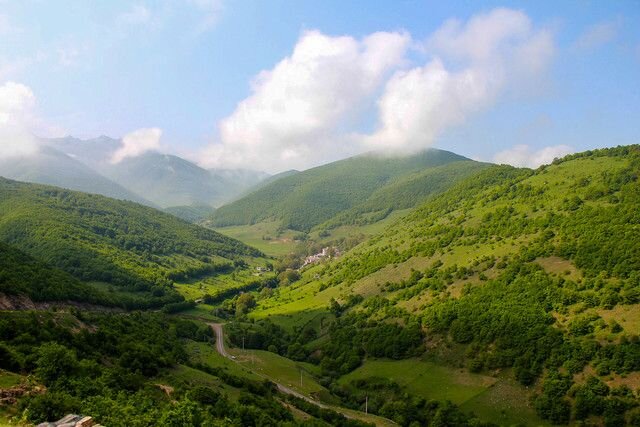Protected areas rise by 11, reach 320 nationwide

TEHRAN – The number of protected areas has increased from 309 to 320 as 11 new sites have been added to the previously registered areas by the Department of Environment (DOE).
The history of Iran's first protected areas dates back to 1967 when the proposal for the establishment of two national parks and 15 protected areas as the first protected sites in Iran was approved, ISNA reported.
In 1976, there were more than 65 protected areas covering an area of 6.7 million hectares in the country, which has now extended to 309 areas with an area of 19 million hectares.
In the last 60 years, the world's protected areas have increased by 2.6 times, compared with 4.7 times in Iran.
In West Asia, an average of 5.3 percent of the land surface of the countries is allocated to protected areas, but this figure is 10.4 percent in Iran, almost twice the average. It should be noted that Iran has a much wider biodiversity compared to other countries in the region.
Based on the latest report, there are 183 protected areas, 32 national parks, 54 wildlife refuges, and 40 national natural monuments in Iran.
Protected areas rise 18% in two years
In September, Hasan Akbari, deputy head of natural environment and biodiversity of the Department of Environment said that during the last two years, the number of protected areas under a comprehensive management plan has increased, indicating a growth of 18 percent.
"The comprehensive plan studies the condition of wildlife, vegetation, water, and soil. Based on that, the land is classified into several zones," IRNA quoted Akbari as saying.
In these zones, parts of the area are considered only for protection, parts for recreation and nature tourism, and small parts for administrative activities, he explained.
“In fact, zoning and management are done based on specific conditions and the use of land."
A series of restrictions are imposed on these zones. For example, road construction or mining are banned. These limitations will ultimately lead to better management and preservation of the region, Akbari concluded.
MT/MG
Leave a Comment